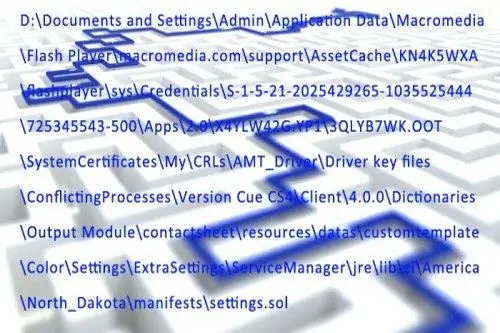It is much more convenient to launch programs using shortcuts. This makes it unnecessary to open a hard disk partition each time, then a folder, and only then run the program. The same situation is with folders. It's easier to create a shortcut for it and open it in a second with a double click. But sometimes it becomes necessary to find out the path to the file to which this shortcut is attached. For example, if you want to move the original folder to a different location.

Necessary
Computer with Windows OS
Instructions
Step 1
In order to determine the path to the file, click on the shortcut for which you want to install it, with the right mouse button. After that, a context menu will appear, in it you need to select the "Properties" command. Next, a window will appear in which click on the "Shortcut" tab.
Step 2
There are several parameters in the window that appears. The Working Folder parameter specifies the name of the folder where the file referenced by the shortcut is located, and the Object parameter specifies the full path to it. First, the "Object" line marks the partition of the hard disk, and then directly the folder in which it lies. At the bottom of the window is the File Location option. If you click on it with the left mouse button, a window will open with the folder where the file is stored.
Step 3
If, for example, you need to find the path to the file of a certain process that is running in the operating system, then you can do it like this. Press the Ctrl-Alt-Del key combination on the keyboard, after which a window will appear on the computer screen. In this window, you need to select "Task Manager". Or press the key combination Ctrl-ShIft-Esc, and it will start right away.
Step 4
In the task manager that appears, go to the "Processes" tab. In the list, select the process for which you want to find out the path to the file by right-clicking on it. After that, a window with information about the object will appear. The line "Type" will, respectively, contain information about its type, and just below - the line "Location". The full path to the file is indicated in it. Also, if you click on the "Details" tab, you can find out additional information about it, for example, its original name, copyright, etc. If you wish, you can find out about the digital signatures of the object, for this you just need to go to the tab, which is called: "Digital Signatures".






